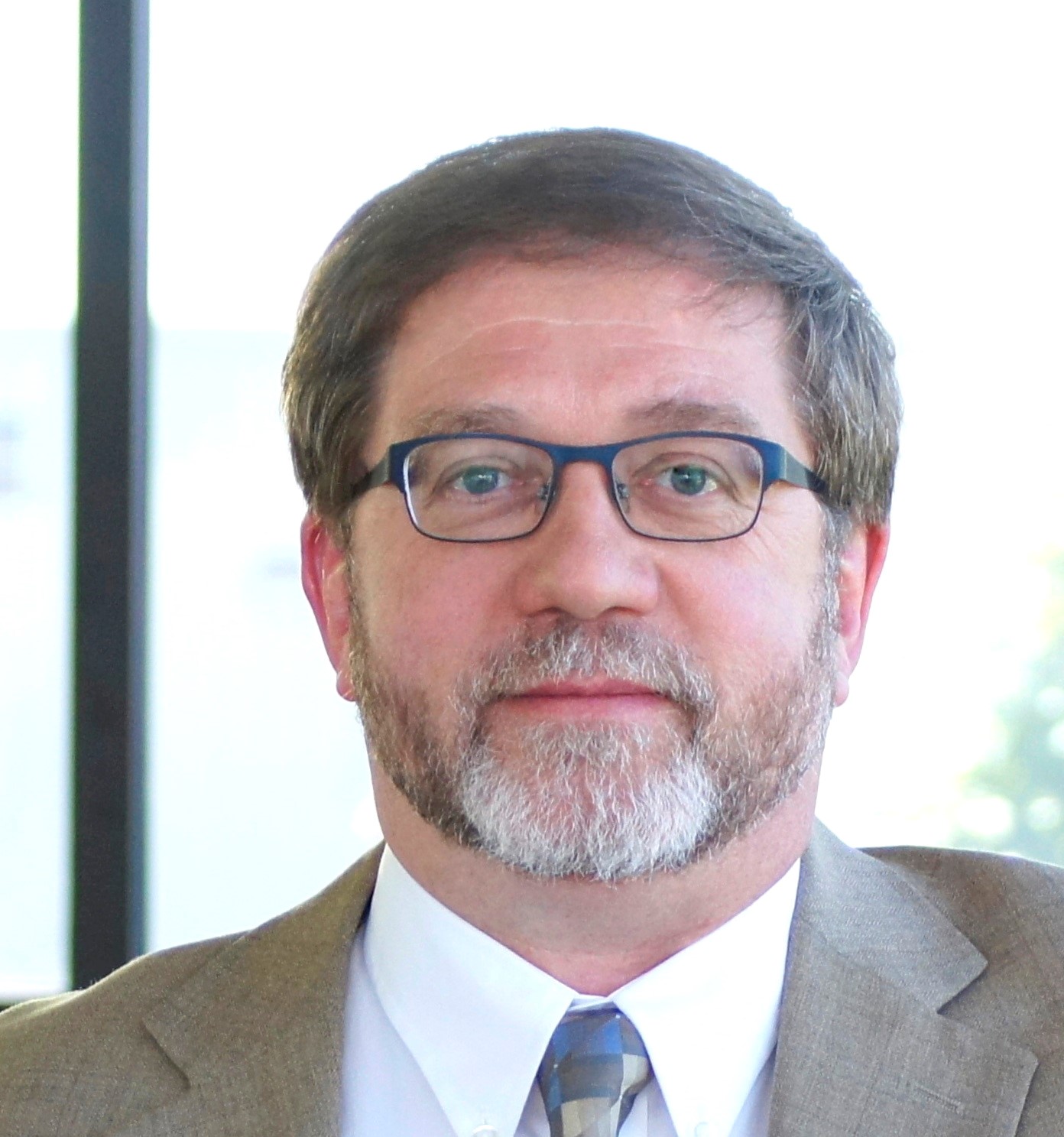 The Importance of Sanitary Sewers as the Expected Preferential Pathway in Vapor Intrusion Evaluations
The Importance of Sanitary Sewers as the Expected Preferential Pathway in Vapor Intrusion EvaluationsAir Monitoring, Methods, and Technology
Oral Presentation
Prepared by C. Cox
Cox-Colvin & Associates, Inc., 7750 Corporate Blvd, Plain City, Ohio, 43064, United States
Contact Information: [email protected]; 614-526-2040
ABSTRACT
Background/Objectives. In general, Vapor Intrusion (VI) assessments can be thought of as a three-legged stool, with each leg representing a contributing source that must be understood: 1) contributions associated with soil gas, 2) contributions associated with indoor sources, and 3) contributions associated with preferential pathways. Until recently, most assessment efforts (and modeling) have focused understanding the contributions from soil gas and the contributions from indoor air. Contributions from preferential pathways is rarely evaluated in a rigorous manner. When you consider that a sanitary sewer is essentially an air-filled conduit providing a direct vapor pathway into every inhabited building, more often than not, the sanitary sewer will be the preferential pathway of concern. Not understanding this pathway can lead to a misdiagnosis of the issues and implementation of ineffective mitigation efforts.
Approach/Activities. The first step in the assessment of the vapor contribution associated with sewer gas is to develop a sound conceptual site model (CSM) that recognizes and anticipates this preferential pathway. Trunk sewer lines, especially those is areas served by industries that used solvents, can transport volatile organic compounds over relatively long distances downgradient and contaminate environmental media (soil and groundwater) through degraded sections and defects in the lines. These areas should be thought of as secondary point or line sources.
You can get a sense of the potential contribution of sewer gas on your building through the collection of sewer gas samples from nearby manholes and cleanouts. In addition to your chemicals of concern (e.g., chlorinated VOCs), you should also analyze for other chlorinated and brominated compounds (e.g., chloroform, bromoform, and bromodichloromethane), as these compounds are typically found in sanitary sewer gas as a result of the breakdown of household and industrial cleansers.
Results/Lessons Learned. In a recent study completed by Cox-Colvin, sewer gas was determined to be the primary pathway of VI at more than half of the buildings evaluated with a large neighborhood. If chemicals of concern are found in sewer gas, then you should inspect the lavatories and areas containing floor drains as possible sampling locations. The analytical results should be reviewed for the indicators of sewer gas (chloroform, bromoform, and bromodichloromethane) as well as the ratios of your chemicals of concern and compare them to your sub-slab and sewer gas data. Accounting for the sewer gas VI pathway in your CSM provides you with additional insight into potential sources as well as appropriate means of mitigation. Sub-slab depressurization systems (SSDs) are very effective at interrupting the VI pathway associated with a sub-slab source; however, SSDs are typically not effective at mitigating the sewer gas source. If the VI pathway is dominated by the sanitary sewer line source, simple plumbing repairs could be enough to mitigate the VI issues.

